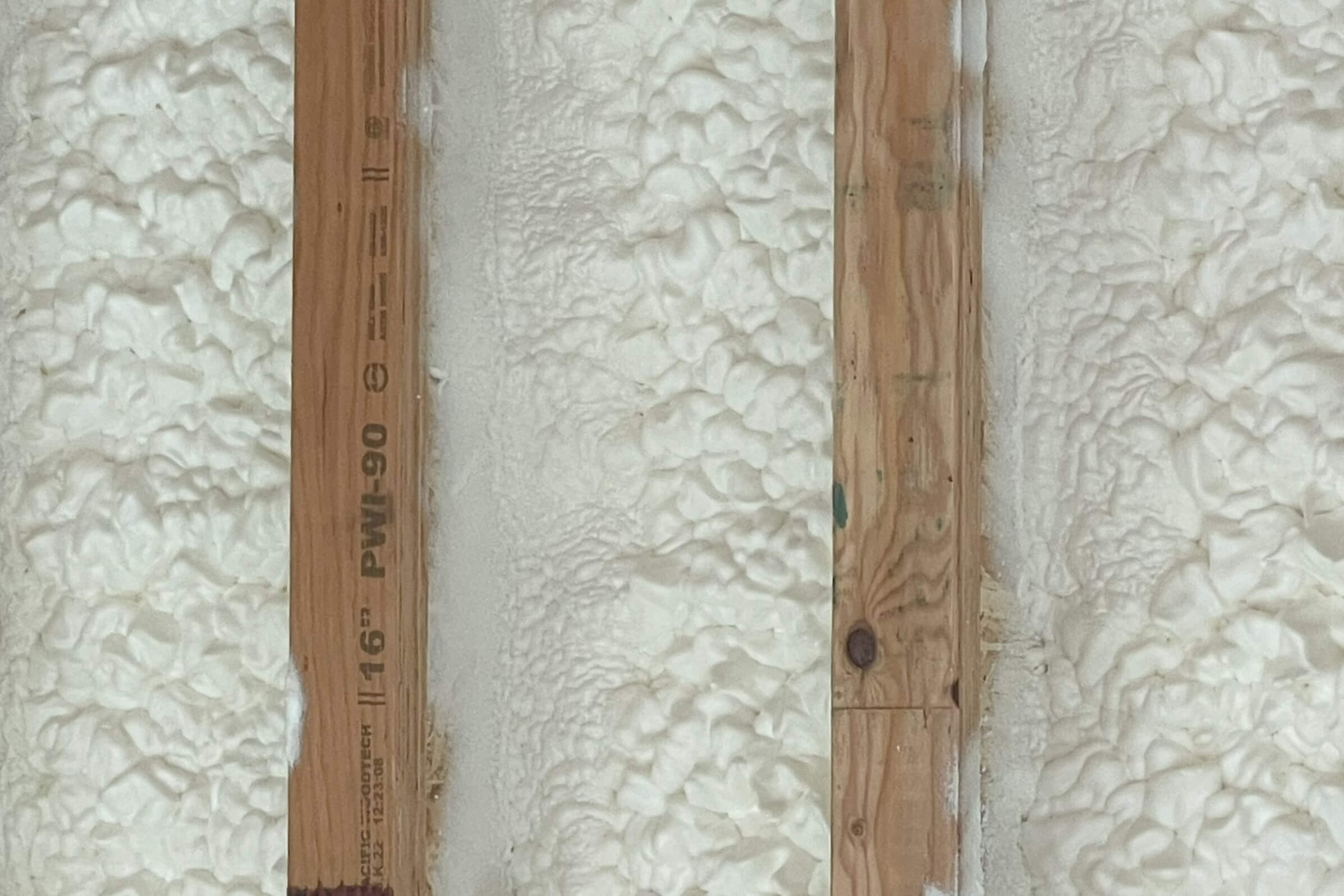Best Residential Applications For Open Cell Spray Foam Insulation
October 27th, 2023
3 min read
By Kilian Agha

You're considering spray foam insulation for your project, but you need to decide which kind of foam you should use. Whether you're building a new home or optimizing your existing space, it's crucial to explore your insulation options before committing. Understanding where insulations perform best can help narrow your focus as you research.
South Central Services has insulated hundreds of homes with spray foam insulation. We walk our customers through the best uses of open and closed cell spray foam every week.
This article will break down the best types of projects and substrates for open cell spray foam specific to Climate Zone 5. For readers located in and around Greencastle, Pennsylvania, this breakdown is accurate for your project.
Don't have time to read right now? Check out everything you need to know at a glance.
Ideal Project Types For Open Cell Spray Foam
Sometimes, we narrow our research by our project type. If we're insulating a basement or a roof, will this insulation work well? In Climate Zone 5, these are the ideal projects for open cell spray foam.
- Attics
- Exterior walls
- In-between floors
Let’s examine each of these in more detail.
1. Open Call Can Be Used For Attic Floors Or Roofs.
If you want to insulate your attic, open cell spray foam is an excellent option. Of the two types of spray foam, open cell is less expensive. Spray foam insulation is also a long-lasting solution, so you would not need to worry about insulating your attic again after using open cell spray foam.

Open cell spray foam can be used on your attic's roofline or your attic's floor. Which area you insulate will depend on how you want to use the attic space after insulating.
2. Open Cell Can Be Used For Above-Grade Exterior Walls.
Open cell spray foam is a cost-effective option for exterior walls. You want to use high performance products when insulating exterior walls. In terms of insulation effectiveness, spray foam is your best option.
Open cell is an option in our climate zone if the walls do not require a vapor barrier between the substrate and the insulation. If you're building a new home in Franklin County, PA, speak with a spray foam insulation contractor to determine if your exterior walls qualify for open cell spray foam.
3. Open Cell Is An Option For Insulation In-Between Floors.
One superpower of open cell spray foam is its ability to muffle sounds. Open cell is not a soundproofing product that will eliminate noise. Instead, open cell is a sound attenuation product that quiets the volume and distinctness of sound.
Open cell spray foam is an excellent solution for new construction homes concerned with temperature and sound control between each floor. You can achieve some sound control by insulating in-between each floor of the house.
You also increase your options for temperature control in your home. Suppose you want to keep one level of your home at a different temperature than another floor. Open cell spray foam in the floors prevents conditioned air from leaking between the levels.
Ideal Substrates For Open Cell Spray Foam
If your project type was on the list of ideal options for open cell spray foam, you should still consider substrate. For homes in southern Pennsylvania, there are two substrates that open cell spray foam can be reliably installed against: wood and closed cell spray foam.
1. Open Cell Adheres To Wood.
In Climate Zone 5, wood is the only common building material that open cell foam can be sprayed onto. Materials like stone, concrete, masonry, or metal are usually unsuitable for open cell spray foam in our service area. Due to the weather and temperature in our climate zone, these substrates generally transmit vapor and condensation. Open cell foam has no vapor barrier and cannot handle vapor.
Open cell spray foam can adhere well to wood, whether the substrate is plywood, wall cavities, or floor cavities.
2. Open Cell Can Adhere To Closed Cell Spray Foam.
Spray foam insulation is expensive, but open cell is less expensive than closed cell. However, as we've established in this article, open cell spray foam is not always viable for every project. To save money, open cell spray foam is sometimes installed on top of closed cell spray foam.

Open cell can adhere well to closed cell foam. By combining the two foams, closed cell provide any necessary features, and open cell can help to save on costs.
The Bottom Line About Where To Spray Open Cell Spray Foam
Open cell spray foam is a versatile product for new home construction. In Climate Zone 5, the substrates where open cell spray foam can be installed are limited to wood. However, for new build homes, almost every substrate is wood. Open cell spray foam is almost always an option when building a new home in our climate zone.
For retrofit applications, open cell is an option for above-grade projects like the attic. If you're making home improvement updates in below-grade spaces like basements or crawl spaces, open cell is not the product you are looking for. Instead, check out the best residential applications for closed cell spray foam.
Now that you know where open cell is best installed, your next step is to:
- Weigh the pros and cons of open cell spray foam
- Learn about the benefits of installing spray foam in your attic
- Discover the best way to insulate a new construction home
Disclaimer: While we strive to publish information accurate to building science, local building codes and standards supersede our recommendations.
Kilian has co-owned and operated South Central Services for 8 years. He is passionate about community involvement. In his spare time, he enjoys being with his family, playing ice hockey, and going fishing with friends.
Topics:


